Intro
Discover what an EMG test is, a diagnostic procedure using electromyography to measure muscle activity, helping diagnose neuromuscular disorders, muscle damage, and nerve dysfunction.
Electromyography, commonly referred to as an EMG test, is a diagnostic procedure used to assess the health and function of muscles and the nerve cells that control them. This test is crucial in diagnosing a wide range of neuromuscular disorders, including muscular dystrophy, peripheral nerve damage, and disorders of the nerve roots. The importance of EMG tests lies in their ability to provide detailed information about muscle and nerve function, which can be invaluable in the diagnosis and management of conditions affecting these systems.
The EMG test is typically recommended when patients experience symptoms such as muscle weakness, pain, or twitching, which could indicate a neuromuscular problem. By measuring the electrical activity produced by skeletal muscles, healthcare providers can determine if muscle damage or nerve dysfunction is causing the symptoms. This is particularly useful because it can help differentiate between muscle and nerve problems, guiding further treatment and management strategies.
Understanding the basics of how muscles and nerves work is essential to appreciating the value of an EMG test. Muscles and nerves communicate through electrical signals, and when these signals are disrupted, it can lead to a variety of symptoms and conditions. An EMG test can detect these disruptions by recording the electrical activity of muscles at rest and during contraction. This information can help diagnose conditions such as carpal tunnel syndrome, peripheral neuropathy, and myasthenia gravis, among others.
How EMG Tests Work
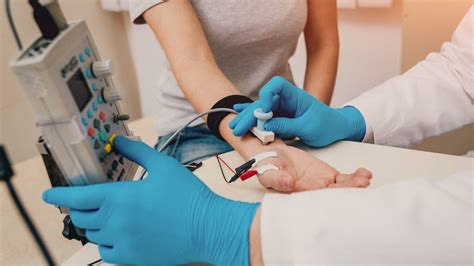
An EMG test involves the use of small electrodes that are inserted into the muscle or placed on the skin to record the electrical activity. There are two main types of EMG tests: needle EMG and surface EMG. The needle EMG involves inserting a small needle electrode into the muscle to record the activity directly from within the muscle. This type of EMG can provide more detailed information about the muscle's electrical activity but may cause some discomfort. Surface EMG, on the other hand, uses electrodes placed on the skin to record the muscle activity and is generally less invasive but may not provide as detailed information as the needle EMG.
The procedure for an EMG test typically begins with preparation, which may include removing any jewelry, changing into a hospital gown, and ensuring the skin is clean and free of oils or lotions. The test itself is usually performed in a doctor's office or a hospital and can take anywhere from 30 minutes to an hour, depending on the number of muscles being tested. During the test, patients may be asked to contract and relax their muscles to assess the electrical activity under different conditions.
Benefits of EMG Tests
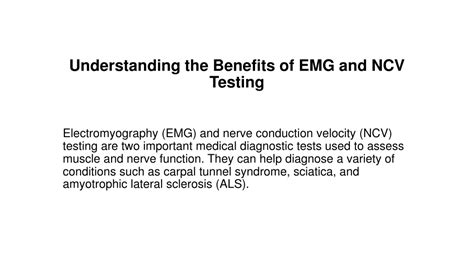
The benefits of EMG tests are numerous. They provide valuable diagnostic information that can help in the early detection and management of neuromuscular disorders. By identifying the source of muscle weakness or pain, healthcare providers can develop targeted treatment plans that address the underlying cause of the symptoms. EMG tests are also non-invasive compared to other diagnostic procedures, such as biopsies, and can be repeated as necessary to monitor the progression of a condition or the effectiveness of treatment.
Moreover, EMG tests can be used in conjunction with other diagnostic tools, such as nerve conduction studies (NCS), to provide a comprehensive understanding of neuromuscular function. NCS measures the speed and strength of electrical signals in nerves, which, when combined with EMG results, can offer a detailed view of the neuromuscular system's health.
Preparation and Aftercare
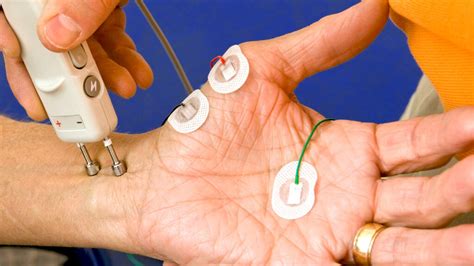
Preparation for an EMG test is relatively straightforward. Patients are usually advised to avoid using lotions or oils on the skin where the test will be performed, as these can interfere with the electrode's ability to record electrical activity. It's also recommended to wear loose, comfortable clothing to facilitate access to the muscles being tested. In some cases, patients may be asked to stop taking certain medications that could affect the test results, but this should be done under the guidance of a healthcare provider.
After the test, patients can generally resume their normal activities. There may be some minor discomfort or bruising at the needle insertion sites, but this typically resolves on its own within a few days. The results of the EMG test are usually available within a few days to a week, depending on the healthcare facility and the complexity of the test.
Interpreting EMG Results
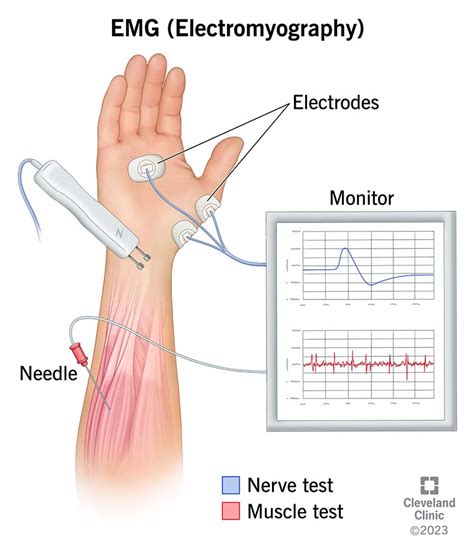
Interpreting EMG results requires the expertise of a healthcare professional, typically a neurologist or a physiatrist. The results can indicate a variety of conditions, including muscle damage, nerve dysfunction, or problems with the nerve roots. Abnormal results may show patterns such as fibrillations, which are spontaneous muscle contractions indicating muscle damage, or positive sharp waves, which can suggest denervation of the muscle.
Normal results, on the other hand, indicate that the electrical activity of the muscles and nerves is within the expected range, suggesting that there is no significant neuromuscular dysfunction. However, normal results do not necessarily rule out all neuromuscular conditions, as some disorders may not be detectable through EMG testing alone.
Common Conditions Diagnosed with EMG
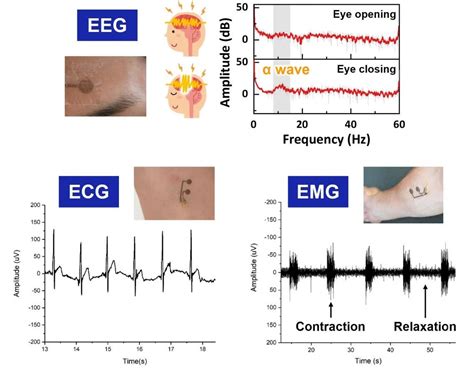
EMG tests are used to diagnose a wide range of conditions affecting the muscles and nerves. Some common conditions include:
- Muscular dystrophy: A group of disorders characterized by progressive muscle weakness and degeneration.
- Peripheral neuropathy: Damage to the peripheral nerves, often causing weakness, numbness, and pain, usually in the hands and feet.
- Myasthenia gravis: An autoimmune disorder that leads to fluctuating muscle weakness and fatigue.
- Amyotrophic lateral sclerosis (ALS): A progressive disease that affects the nerve cells responsible for controlling voluntary muscle movement.
- Carpal tunnel syndrome: A condition that arises from pressure on the median nerve as it passes through the wrist, leading to numbness, tingling, and pain in the hand.
These conditions, among others, can significantly impact an individual's quality of life, making accurate diagnosis and timely intervention crucial.
Limitations and Risks
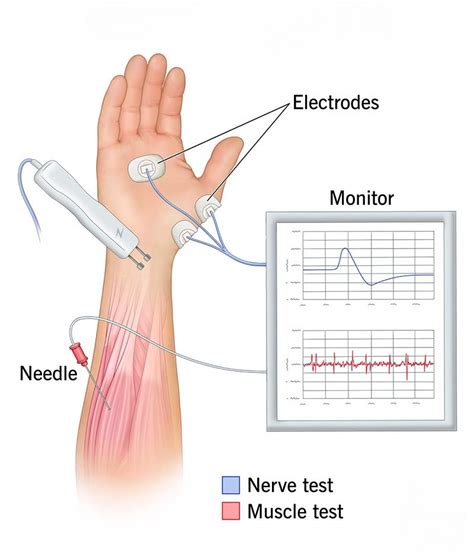
While EMG tests are valuable diagnostic tools, they have limitations and potential risks. One of the main limitations is that EMG tests may not detect all types of neuromuscular disorders, especially those that affect the central nervous system or are in their early stages. Additionally, the test may cause discomfort or pain, especially if a needle EMG is performed, and there is a small risk of infection or bleeding at the needle insertion sites.
It's also important to note that EMG tests should be performed by experienced healthcare professionals to ensure accurate results and minimize risks. The interpretation of EMG results requires specialized knowledge, and incorrect interpretation can lead to misdiagnosis or inappropriate treatment.
Future of EMG Technology
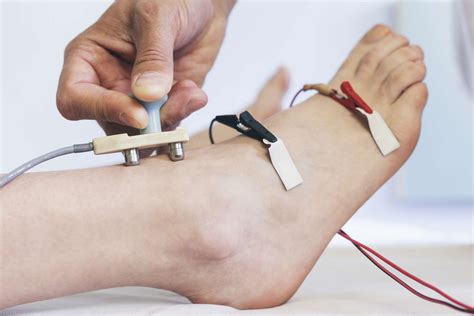
The future of EMG technology holds promise for even more accurate and less invasive diagnostic methods. Advances in electrode design and signal processing are continually improving the sensitivity and specificity of EMG tests. Additionally, the development of high-density surface EMG arrays allows for the simultaneous recording of activity from multiple muscles, providing a more comprehensive view of muscle function.
The integration of EMG technology with other diagnostic tools, such as ultrasound and MRI, is also an area of active research. This multi-modal approach could offer unprecedented insights into neuromuscular function and dysfunction, potentially leading to new treatments and management strategies for a range of conditions.
Conclusion and Next Steps

In conclusion, EMG tests are a vital component of neuromuscular diagnosis, offering detailed insights into the function of muscles and nerves. By understanding how EMG tests work, their benefits, and their limitations, individuals can better navigate the diagnostic process and work with their healthcare providers to develop effective treatment plans. As technology continues to evolve, the role of EMG in diagnosing and managing neuromuscular conditions is likely to expand, offering new hope for those affected by these disorders.
We invite you to share your thoughts and questions about EMG tests and their role in diagnosing neuromuscular conditions. Your engagement and feedback are invaluable in creating a supportive community for those navigating these complex health issues. Consider sharing this article with others who may benefit from this information, and let's work together to promote awareness and understanding of neuromuscular health.
What is the primary purpose of an EMG test?
+The primary purpose of an EMG test is to assess the health and function of muscles and the nerve cells that control them, aiding in the diagnosis of various neuromuscular disorders.
How long does an EMG test typically take?
+An EMG test can take anywhere from 30 minutes to an hour, depending on the number of muscles being tested and the complexity of the procedure.
Are EMG tests painful?
+While EMG tests are generally not considered painful, the insertion of needle electrodes can cause some discomfort or minor pain, especially for individuals with a low pain threshold.
What conditions can be diagnosed using EMG tests?
+EMG tests can diagnose a wide range of conditions, including muscular dystrophy, peripheral neuropathy, myasthenia gravis, ALS, and carpal tunnel syndrome, among others.
Can EMG tests be used to monitor the progression of a condition or the effectiveness of treatment?
+Yes, EMG tests can be repeated over time to monitor the progression of a neuromuscular condition or to assess how well a treatment is working, making them a valuable tool in managing these disorders.
